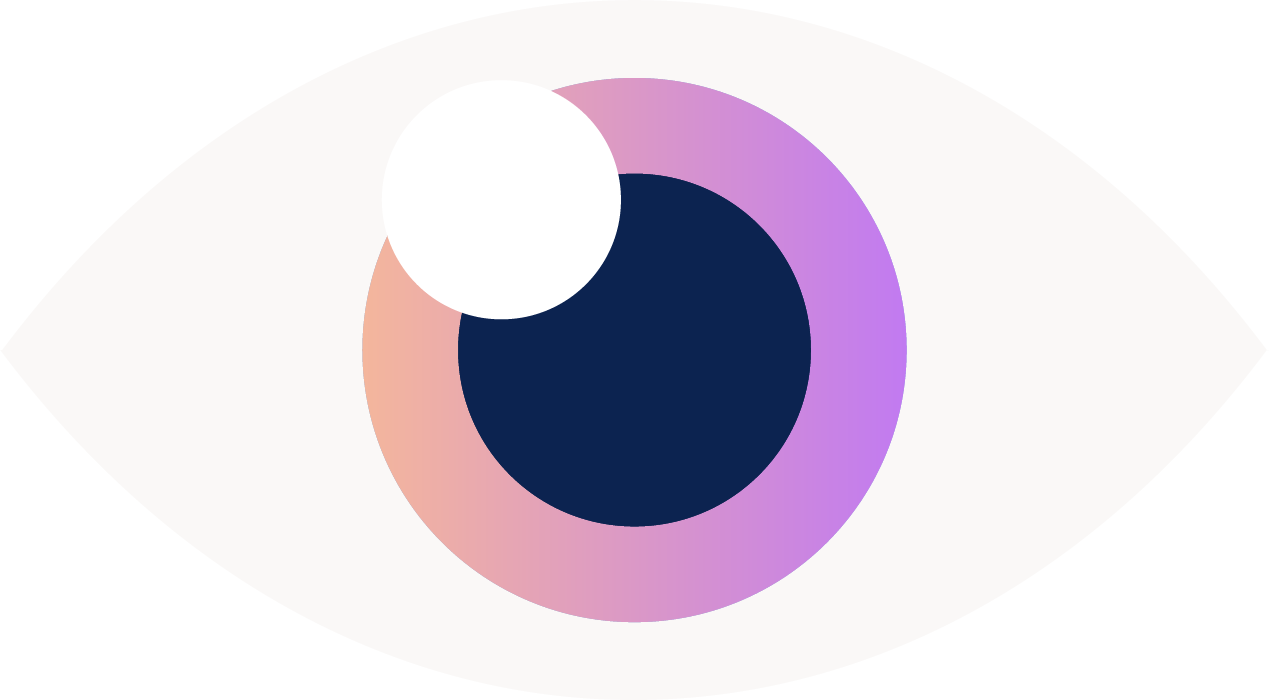Blinking, itching and burning
We live in Hawaii and allergies are a huge problem here compared to the mainland. For 8 years, I lived smack in the middle of Manhattan and the pollution and dirt never caused a problem. But, my first month of living here, the flora and VOG of Hawaii put my allergies on overdrive! And along with allergies and the symptoms you think of runny nose, sneezing, coughing, comes ocular allergies.In children, allergic conjunctivitis can present like this:His eyes are only slightly red, but he has a little cough (which isn't associated with a cold) and a little sneezing and there's that non-stop blinking.First, I should back up - what is the conjunctiva? It's the mucous membrane of your eye - the white part and the pink part on the inside of your eyelid.
6 Signs of Allergic Conjunctivitis:
1. Itching
2. Tearing
3. Redness
4. Mucous discharge from the eyes
5. Allergic shiners (look like black eyes underneath the eyes)
6. Blinking
There are many different kinds of allergic conjunctivitis that your eye doctor can diagnose. This is not the same as "pink eye". There is no infection and it's not contagious.Types of allergic conjunctivitis:- Seasonal or year round (perennial) allergic conjunctivitis - some people are specifically allergic to mangoes or only to VOG- Vernal conjunctivitis - I see this a lot. Tends to happen in young boys and needs aggressive treatment. These boys will have really red eyes, light sensitivity and are at risk for losing vision in advance stages of the disease.- Giant papillary conjunctivitis - that's for all you contact lens wearers out there. If you overwear your contacts, you can develop a reaction to the material, making your eyes red and intolerant to wearing contact lenses. I am mainly going to discuss seasonal/perennial allergic conjunctivitis in this post.So, what causes allergies? Allergies are mediated by a type of white blood cell, called a mast cell. It has a special form in the conjunctiva. And, when it gets activated by the thing you're allergic to (also called the allergen), it releases chemicals. These chemicals, such as histamine and prostaglandins, are what cause symptoms of allergies. They cause blood vessels to become large and leaky, causing redness, swelling, and itching.Here's the kind of chart that other ophthalmologists like to show each other when explaining allergy. I swiped it from my husband's presentation he had given on allergy.  So, how do we treat allergic conjunctivitis?
So, how do we treat allergic conjunctivitis?
- Allergen avoidance - this is ideal, but it can be hard in Hawaii. Can't exactly avoid VOG, and did you know cockroaches are really allergenic? Hard to find a place here without cockroaches. However, I always tell patients to try avoiding touching and rubbing their eyes, which is how a lot of allergens get in the eyes in the first place.
- Cold compresses (not warm!) - I know patients sometimes get confused, we tell them warm compresses for this, cold for that. But for allergies, we want cold compresses to make the blood vessels smaller and leak less.
- Systemic medications - Benadryl, Claritin (anti-histamine), Zyrtec. These medications are taken orally, and may not be helpful for the eyes at all. In fact, they can often cause dry eye, making the symptoms of allergic conjunctivitis even worse!
- Eye drops
Let's talk about eye drops for allergic conjunctivitis. Many patients will self-treat with over-the-counter drops such as Visine, which constricts the blood vessels and takes away the redness, but does nothing to treat the allergic reaction. Then there are over-the-counter drops such as Visine-A, Naphcon-A, and Opcon-A which have a weak antihistamine. They are safe and effective for short term use, but the preservatives in these drops can be harsh and irritating to the eyes. Also, the effect from these drops lasts only about 2 hours, so patients must overdose themselves in order to get all-day relief.When I tell patients that they shouldn't use Visine, they're always quite surprised. But, it really isn't the best drop you can use.

There are also some people who use Similasan Eye Allergy homeopathic drops, however there is no scientific evidence that these drops work. In general, most eye doctors discourage the use of these over-the-counter eye drops.Fortunately, we have some much better prescription drops for allergic conjunctivitis. Pataday, Lastacaft, Bepreve, and Elestat are some of the best drops for allergic conjunctivitis. They not only block histamine's nasty effects, but also prevent histamine from being released. Pataday and Lastacaft only need to be given once a day. All of these drops are very safe, and can be used long term.If you have a red eye, you should see your eye doctor - don't diagnose it yourself. There are many different causes of red eyes which can be dangerous or vision threatening (like uveitis, corneal ulcers, trauma, angle closure glaucoma, corneal abrasions or foreign bodies). There are also many different causes of blinking in children (tic, dry eyes, Tourette syndrome, irritation from eyelashes etc). Get it checked out first!



